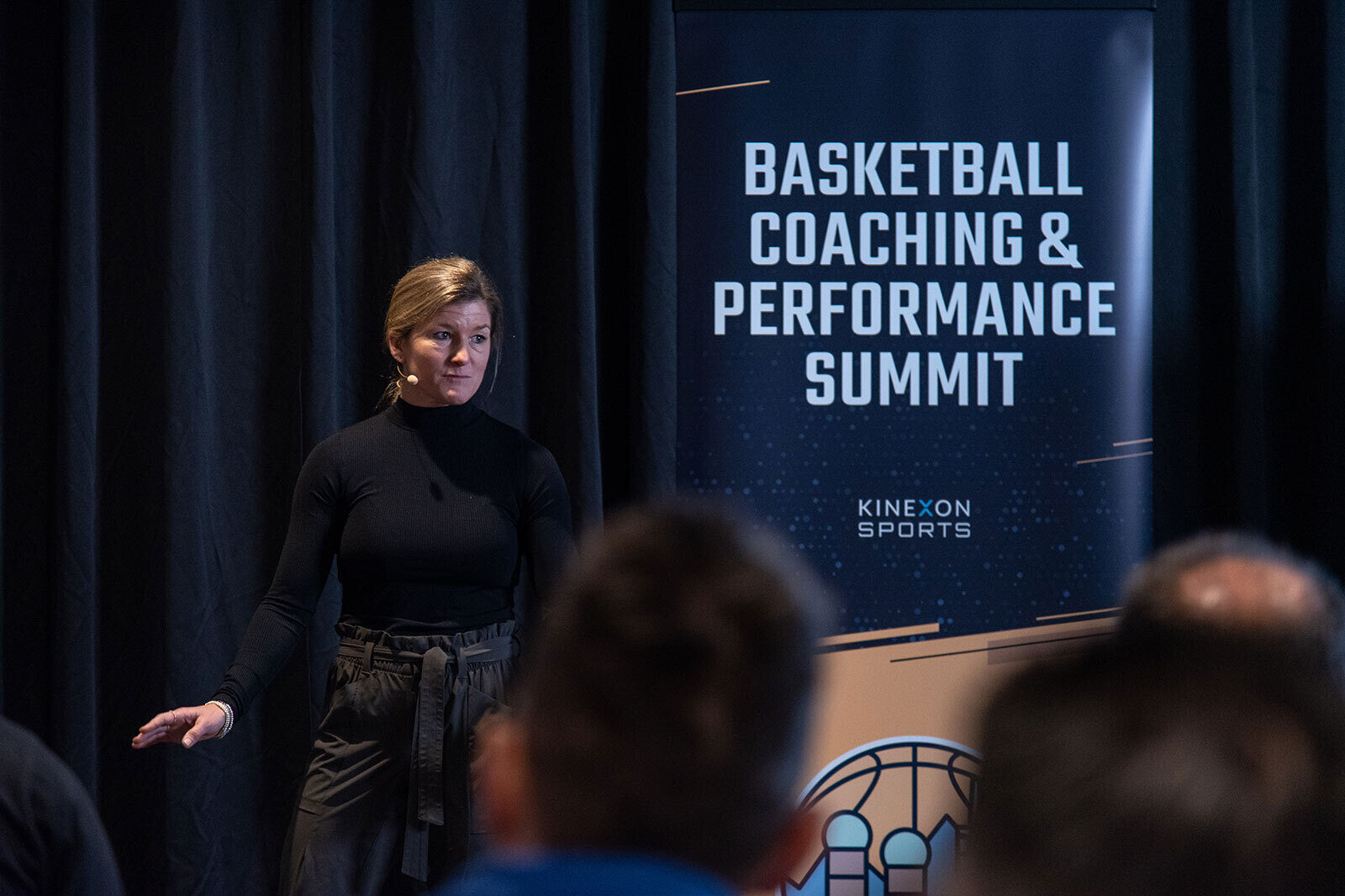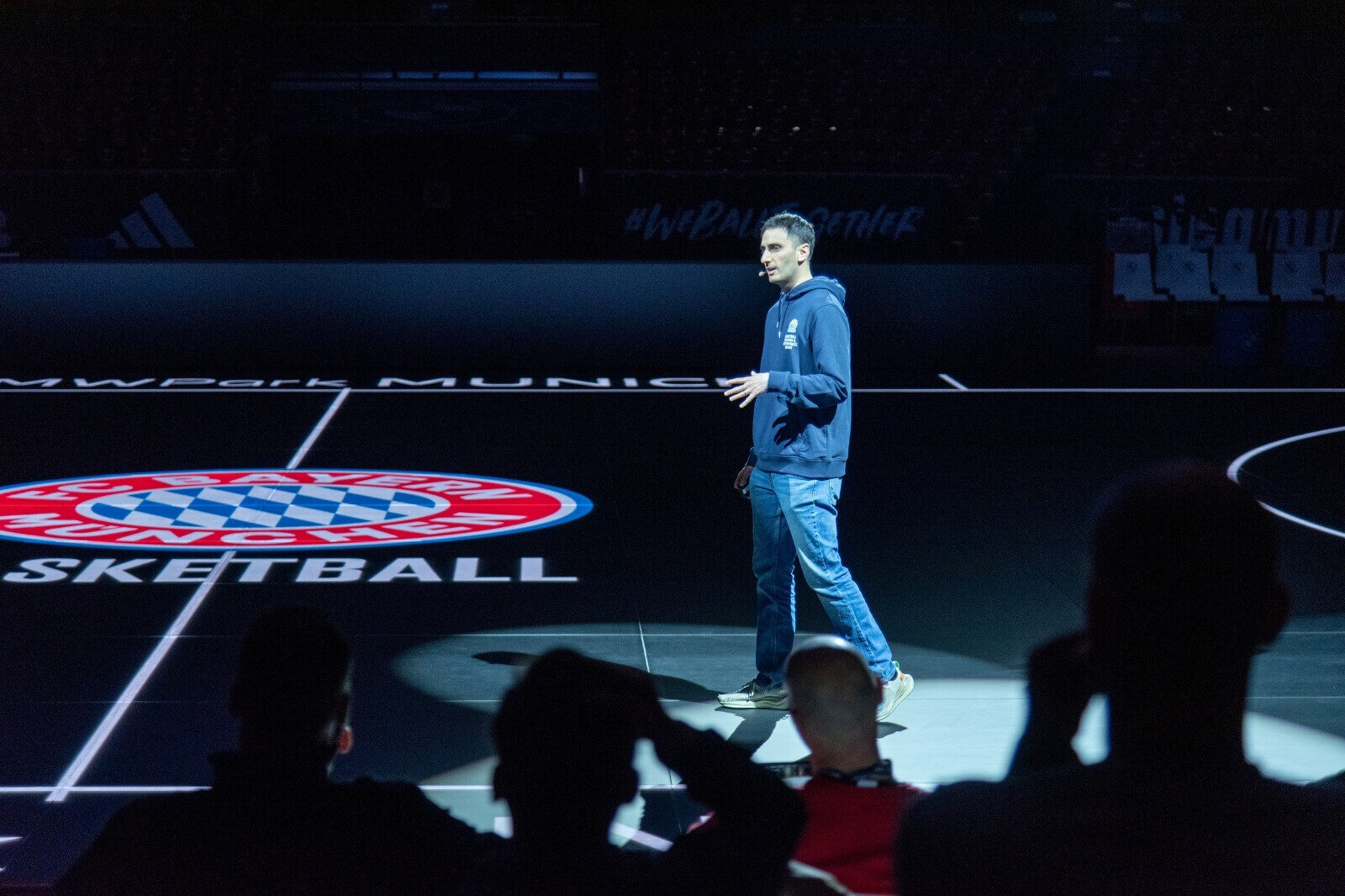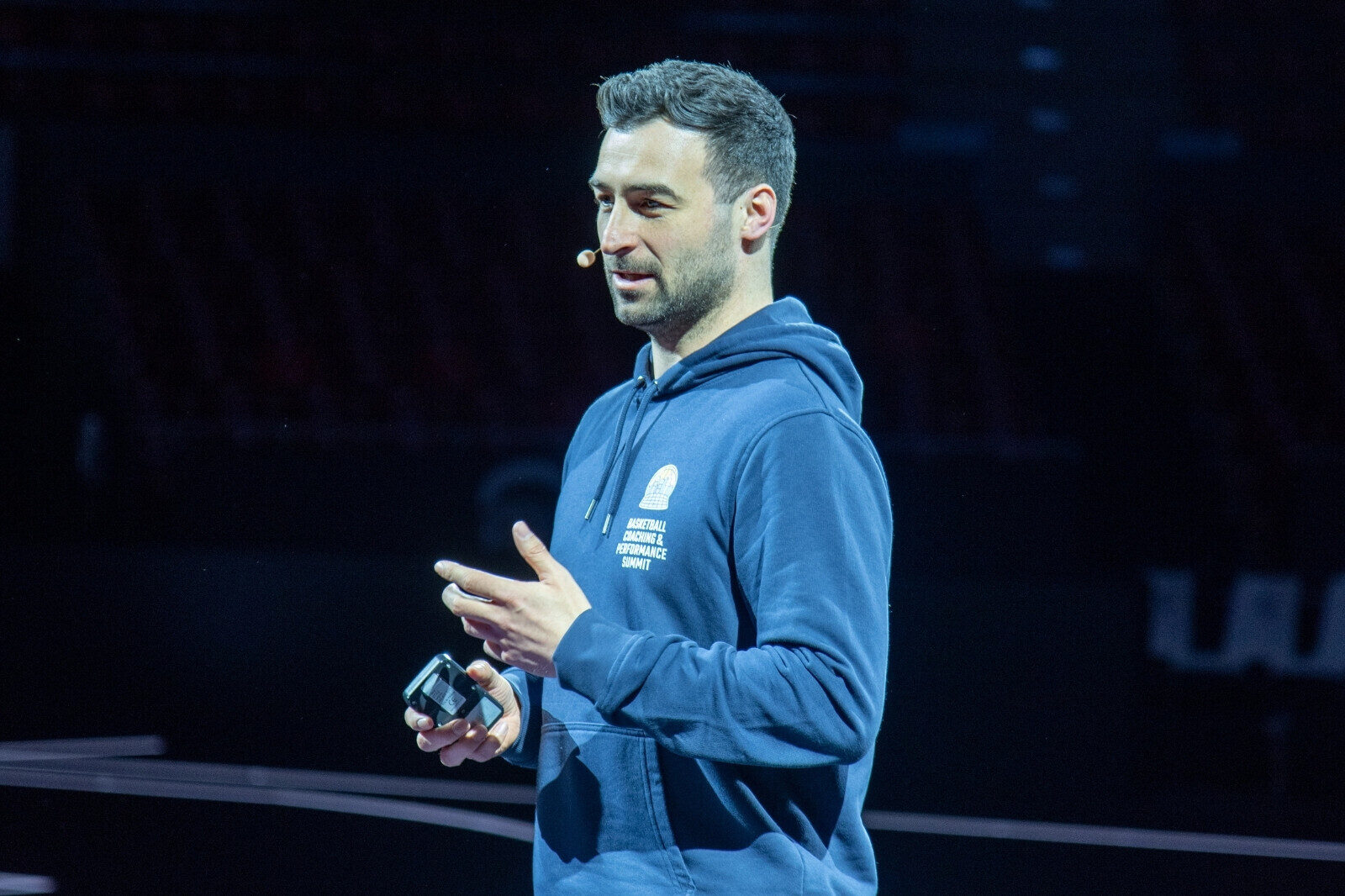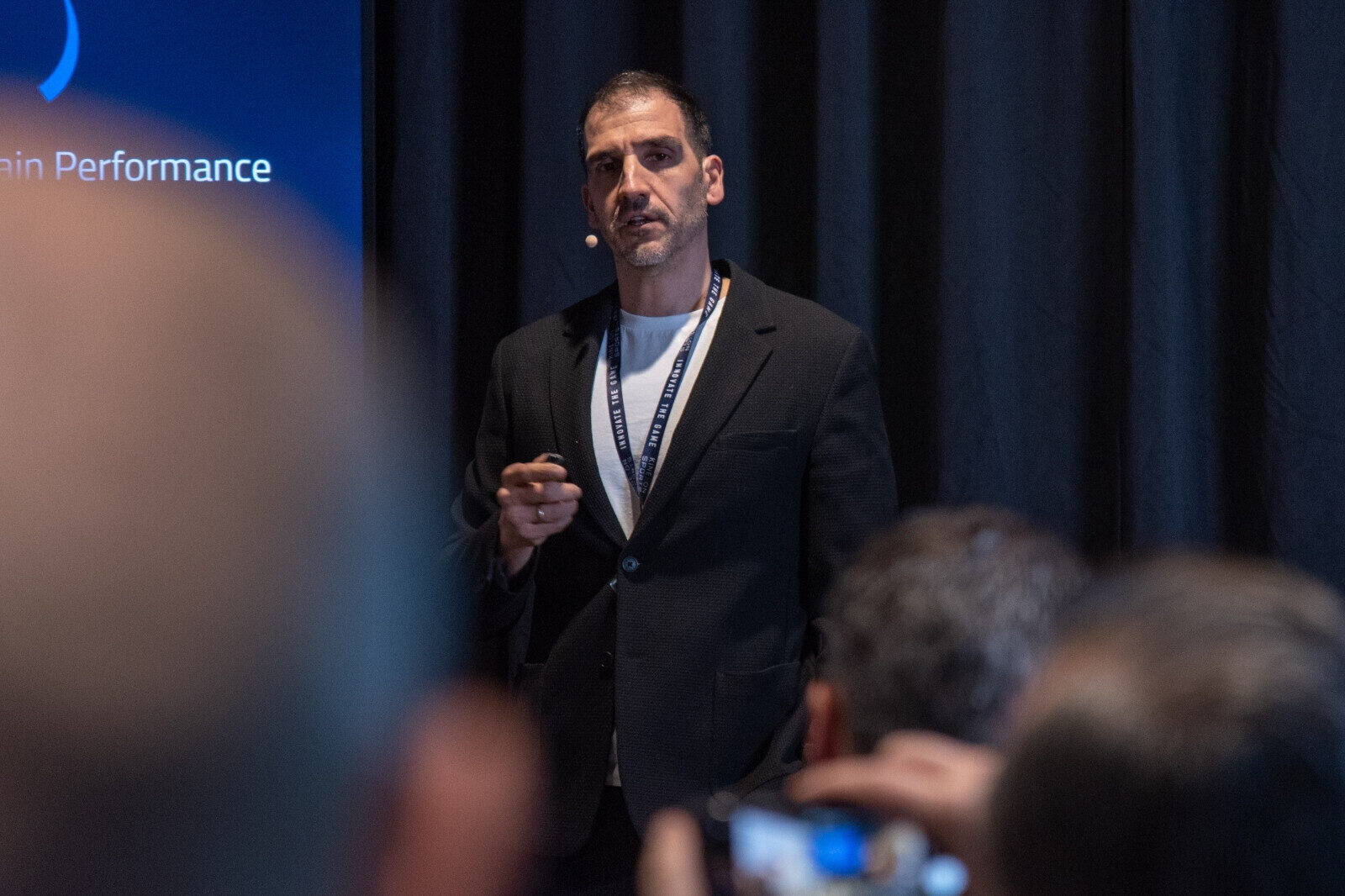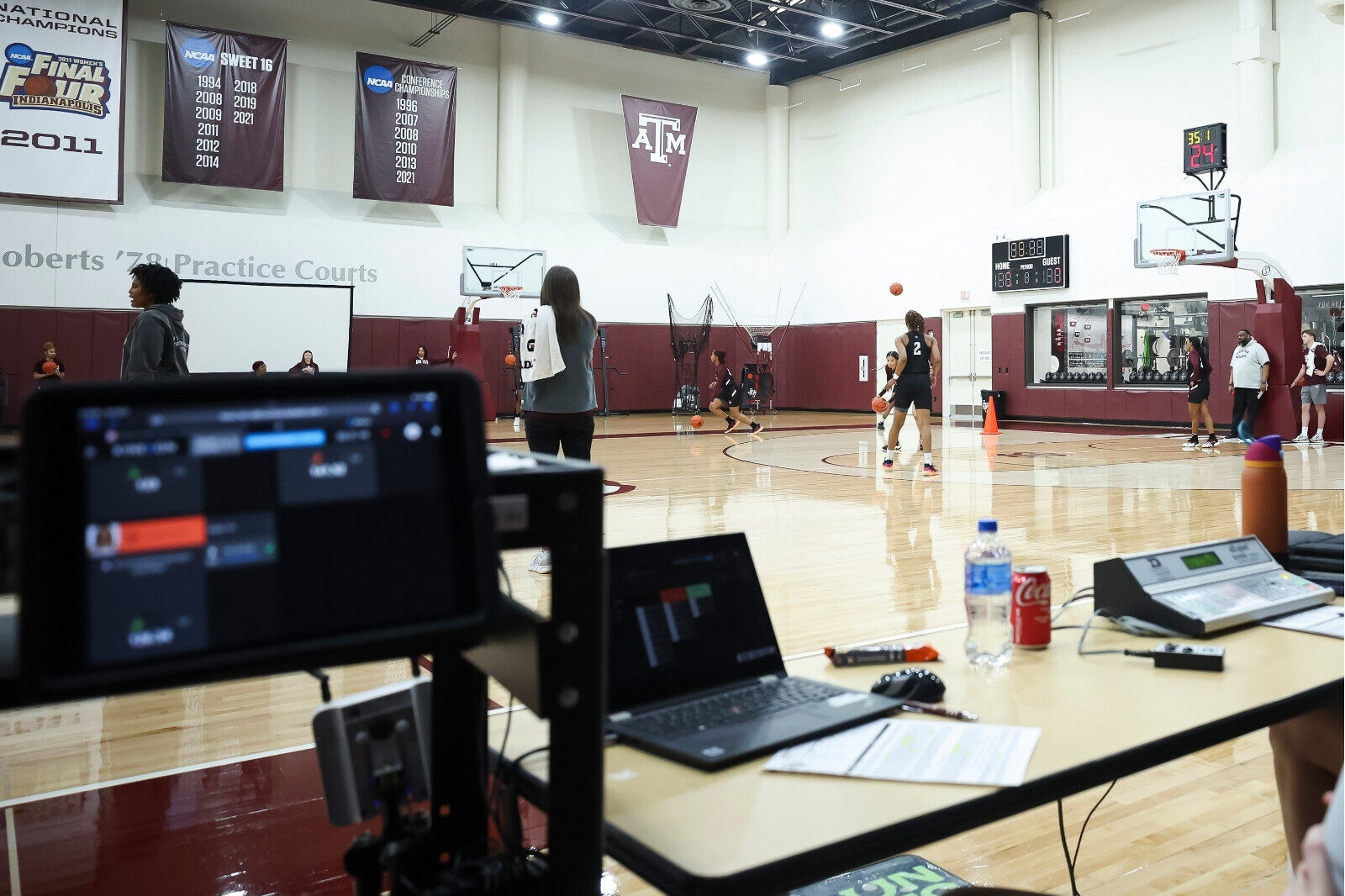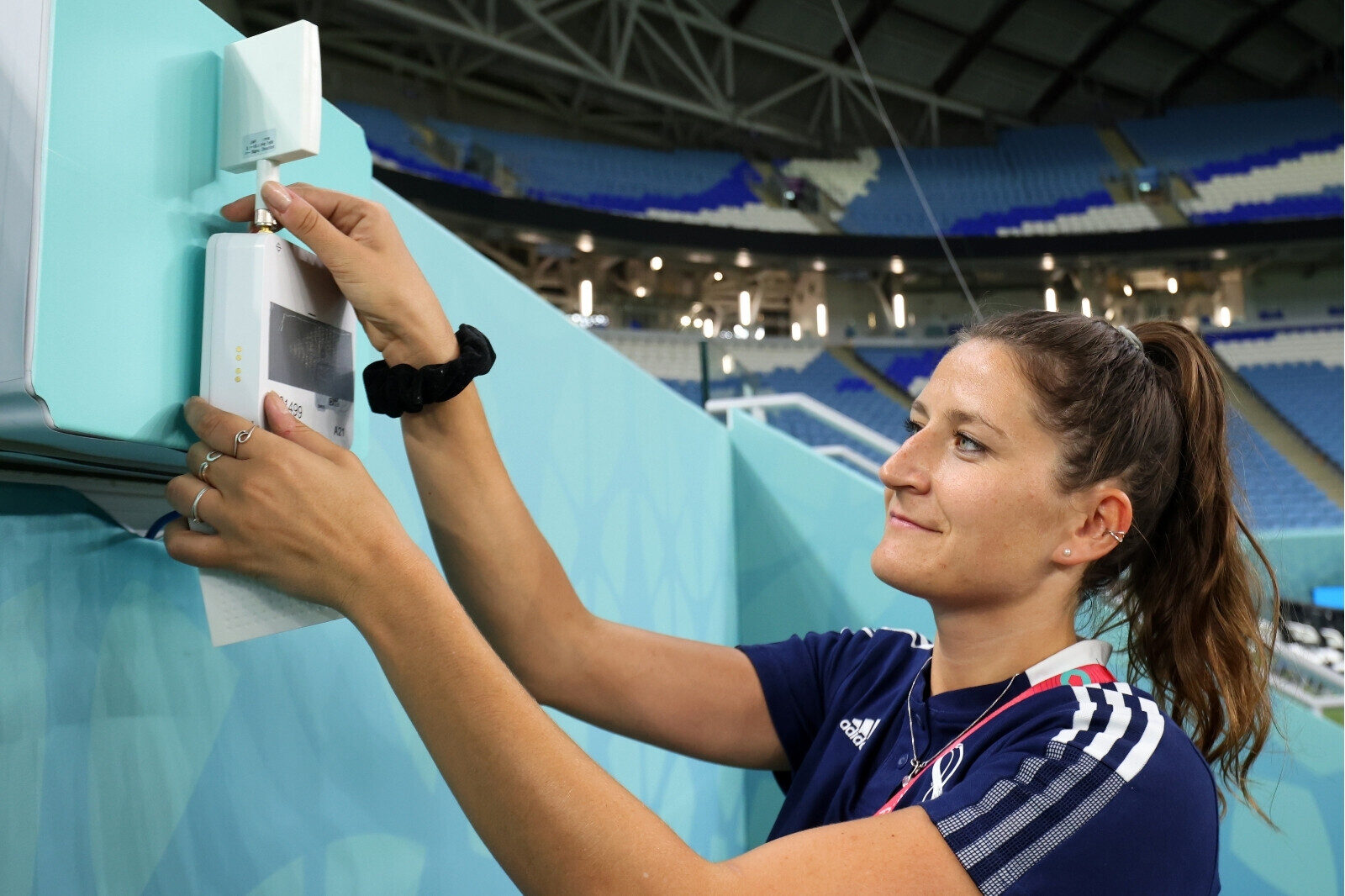Why You Should Monitor Football Training Load and Compare it With Match Data
Some sports performance training methods (commonly used in football) do not reflect the full external and internal loads that players experience during an actual match. But KINEXON player tracking systems are able to effectively monitor football training loads and compare them with competition data.

It’s backed by the research of some of the top experts in the field. So, let’s take a look at the studies that were conducted and what they found.
Load Management and Fatigue

Training loads and fatigue parameters after athletic competitions are among the most important aspects of sports preparation for Matthew Buckthorpe. He’s a lecturer in the Department of Sport, Allied Health and Performance Science at St. Mary’s University in Twickenham, England.
He says planning effective training loads and monitoring fatigue parameters after athletic competitions are among the most important aspects of sports preparation. They are essential for training adaptations and thus for improving athletic performance. Hence, it has long been common knowledge that moderate to high training loads can improve athletes’ performance and prevent injuries. For example, if athletes are not regularly exposed to high sprint loads, they are at increased risk for muscle and tendon injuries during fast and sudden sprints in competitions.
Football Training Methods Investigated
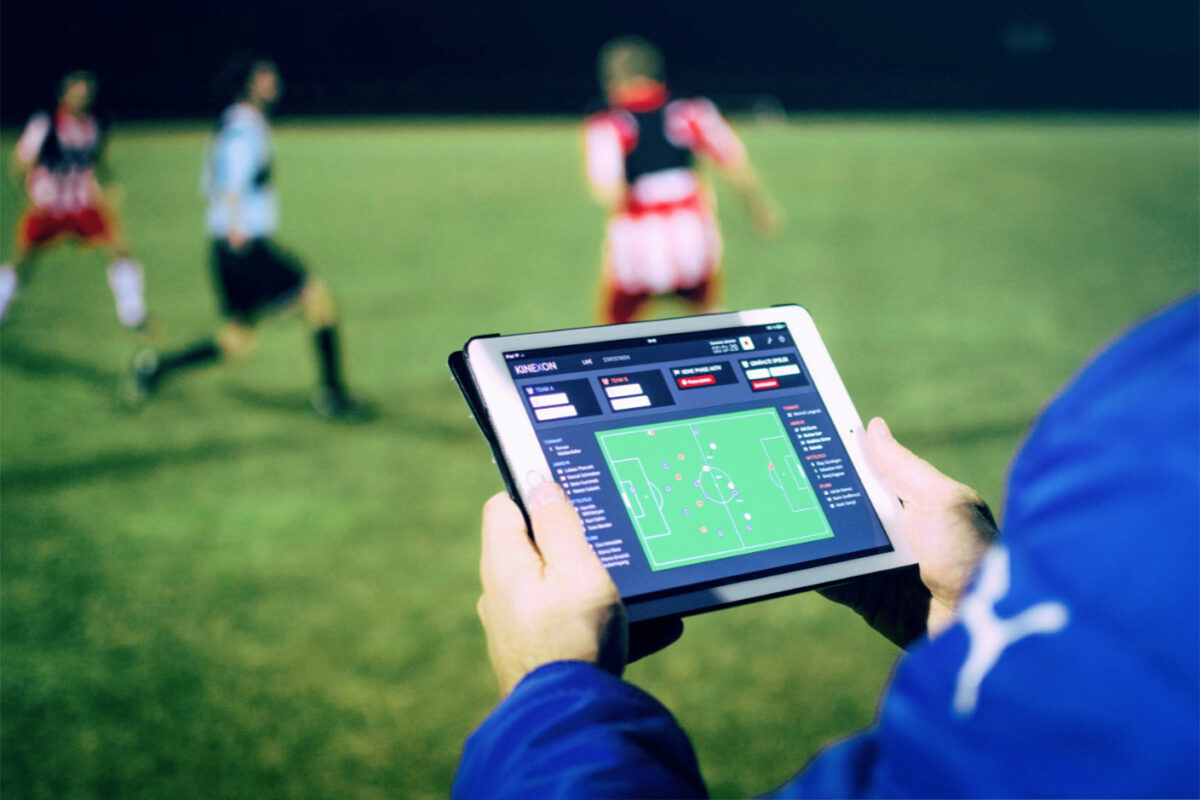
Commonly used training methods in football may not reflect full match load.
Guilherme de Sousa Pinheiro is a Sports Science Consultant at KINEXON. He is also a member of a chair in performance analysis and sports informatics at the Technical University of Munich, Germany. He and his research team investigated the hypothesis that some training methods commonly used in football may not reflect the full external and internal load of a real match under competitive conditions. They compared load values collected through data tracking from different training games of a team to the load values of competitive football matches of the same team.
The results of this study show that especially small-sided games, which are common in elite football practice, cannot be equated with the demands of a proper competition in terms of physical performance without any doubt. This also makes it impossible to assess whether these forms of training are beneficial or even counterproductive in reducing the risk of muscle and tendon injuries.
Speak to our Sports Science Consultants for more insights:
Monitoring Football Training Loads
How can training load effectively be monitored and compared with match data?
KINEXON has a solution. Our player tracking systems are able to effectively monitor training demands and compare them with competition data. Consequently, it is constantly checked whether a training program has factually replicated the physical demands of a sporting competition.
Weaknesses and differences can thus be quickly identified, and the training adapted. This ensures that the load control in each training session is true to the competition. On top of that, our unique ball tracking technology brings a completely new quantitative and qualitative level of tactical analysis of players and teams — for connected and intelligent use in training and matches.
If you’d like to learn more about our load management strategies for football (soccer), or any other sport you may coach or play, please contact us at at time. Or check our many load managing options for football training, by clicking the link below.




